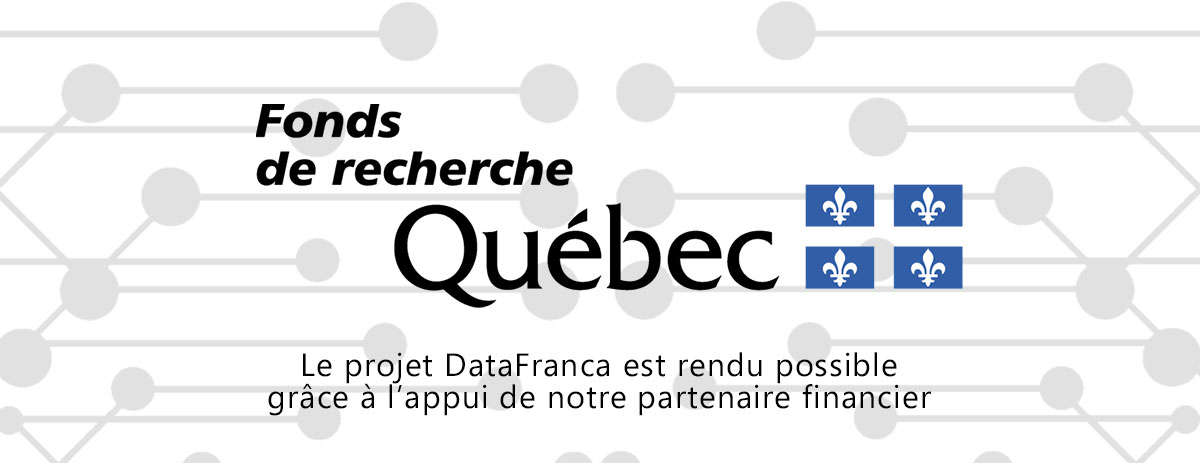« Neurosciences informatiques » : différence entre les versions
m (Remplacement de texte — « == Domaine == » par « == en construction == <small>Entrez ici les domaines et catégories...</small> ») |
m (Remplacement de texte — « <small>Entrez ici les domaines et catégories...</small> » par « ») |
||
| Ligne 1 : | Ligne 1 : | ||
== en construction == | == en construction == | ||
[[Category:Vocabulary]] | [[Category:Vocabulary]] | ||
Version du 3 juillet 2019 à 09:27
en construction
Définition
Français
Anglais
Computational neuroscience
Computational neuroscience (also known as theoretical neuroscience or mathematical neuroscience) is a branch of neuroscience which employs mathematical models, theoretical analysis and abstractions of the brain to understand the principles that govern the development, structure, information-processing, physiology and cognitive abilities of the nervous system.[1][2][3][4]
Computational neuroscience focuses on the description of functional and biologically realistic neurons (and neural systems) and their physiology and dynamics, distinguishing it from psychological connectionism and disciplines such as machine learning, neural networks, and computational learning theory.
These models are useful since they capture the essential features of the biological system at multiple spatial-temporal scales, from membrane currents, proteins, and chemical coupling to network oscillations, columnar and topographic architecture, and learning and memory. Furthermore, these computational models frame hypotheses that can be directly tested by biological or psychological experiments.
Contributeurs: Imane Meziani, Isaline Hodecent, wiki










